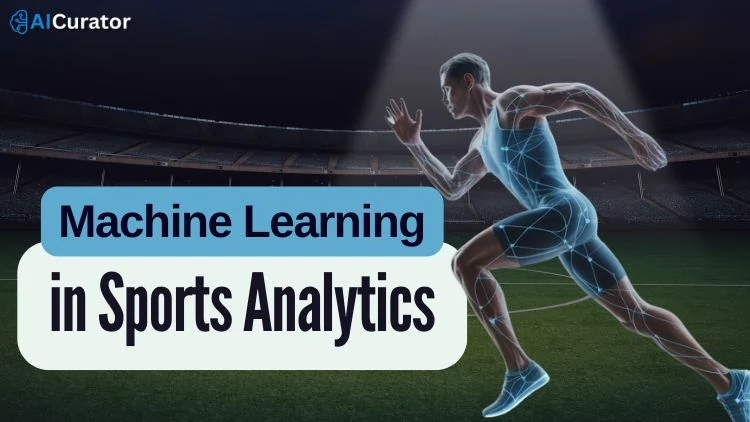Ever wondered how elite teams spot hidden talents or dodge costly injuries before they strike? Machine learning in sports analytics arms coaches with precise tools to decode player movements, refine strategies, and boost team dynamics like never before.
Picture algorithms sifting through endless data streams to reveal game-winning patterns in football, basketball, or cricket—turning raw stats into strategic gold. This approach elevates athletic prowess through smart predictions and performance tweaks, giving underdogs a fighting chance against giants in the arena.
Key Takeaways
What is Machine Learning in Sports Analytics?
Machine learning in sports analytics refers to the application of artificial intelligence algorithms to process, analyze, and derive actionable insights from vast amounts of sports data. This technology transforms raw performance data into strategic advantages through predictive modeling, pattern recognition, and automated decision-making.

Unlike traditional sports analysis that relied heavily on manual observation and basic statistics, ML systems can process structured and unstructured data simultaneously, identifying complex patterns that human analysts might miss. These systems analyze everything from player biometrics and movement patterns to game footage and environmental conditions.
The technology employs three main approaches:
The Sports Analytics Revolution📊
The sports analytics landscape is experiencing unprecedented growth, driven by technological advances and increasing demand for data-driven decision making. Here are the key market insights:
Market Size & Growth Projections
| Year | Market Value | Growth Rate | Key Drivers |
|---|---|---|---|
| 2024 | $4.5 billion | – | Foundation year |
| 2025 | $5.43 billion | 20.63% | AI integration surge |
| 2034 | $29.36 billion | 20.63% CAGR | Full industry adoption |
Regional Market Distribution
The European sports analytics market is valued at $1.68 billion in 2025 and projected to reach $9.25 billion by 2034, growing at a 20.78% CAGR. This growth reflects the region's strong investment in sports technology and professional league adoption.
Technology Adoption Statistics
Core Applications of Machine Learning in Sports Analytics
1. Player Performance Optimization

Machine learning revolutionizes how teams evaluate and enhance player performance through real-time data analysis and predictive modeling. Modern systems track over 1,000 data points per second during live matches, providing unprecedented insights into athletic performance.
Key Performance Metrics Analyzed: Movement efficiency and biomechanics, speed, acceleration, and deceleration patterns, energy expenditure and fatigue levels, technical skill execution rates, and tactical positioning and decision-making.
Real-World Example: Oursky developed an NBA prediction model that analyzes player statistics and game dynamics to forecast team winning probabilities, helping coaches make data-driven strategic decisions.
2. Injury Risk Assessment and Prevention
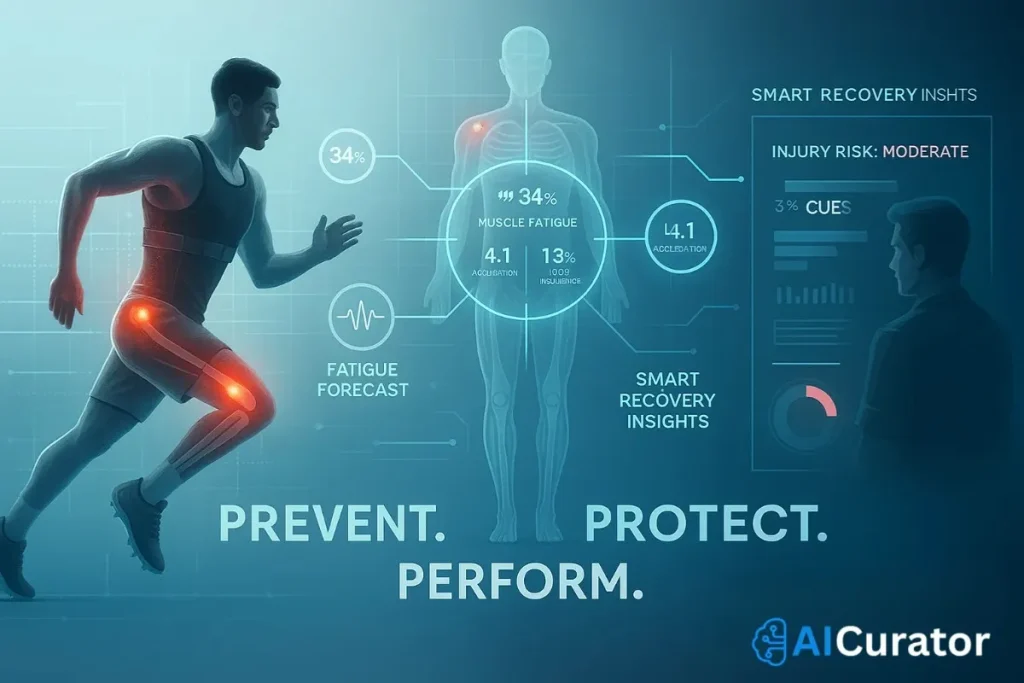
One of the most impactful applications of ML in sports is predictive injury modeling. These systems analyze biomechanical data, training loads, and physiological markers to identify injury risks before they manifest.
Prevention strategies include load management optimization based on individual athlete responses, movement pattern analysis to detect technique irregularities, recovery trend monitoring using wearable device data, and training intensity adjustments based on fatigue predictions.
Success Story: Teams using Catapult's GPS tracking vests measure training sessions to minimize injury risk by monitoring acceleration, impact force, and muscle fatigue, enabling medical staff to detect injury precursors and customize training programs.
3. Tactical Analysis and Game Strategy
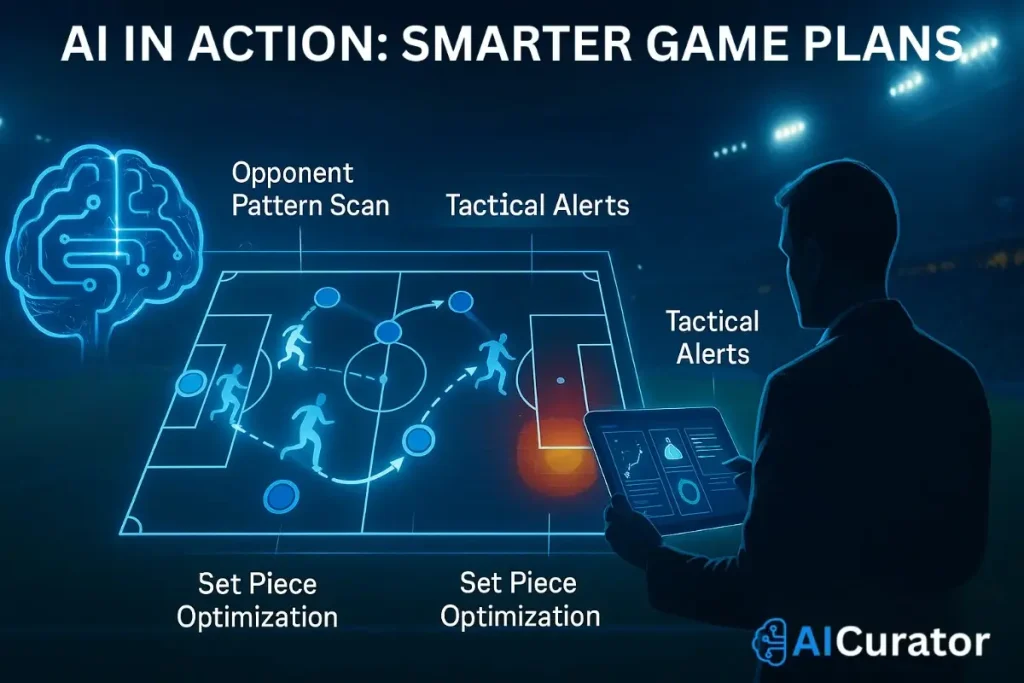
ML systems provide deep tactical insights by analyzing game footage, player movements, and strategic patterns. These tools help coaches develop winning strategies and make real-time adjustments during competitions.
Strategic applications include opponent analysis through historical game data review, formation optimization based on player strengths and weaknesses, in-game decision support for substitutions and tactical changes, and set-piece effectiveness analysis and improvement.
4. Talent Identification and Player Scouting
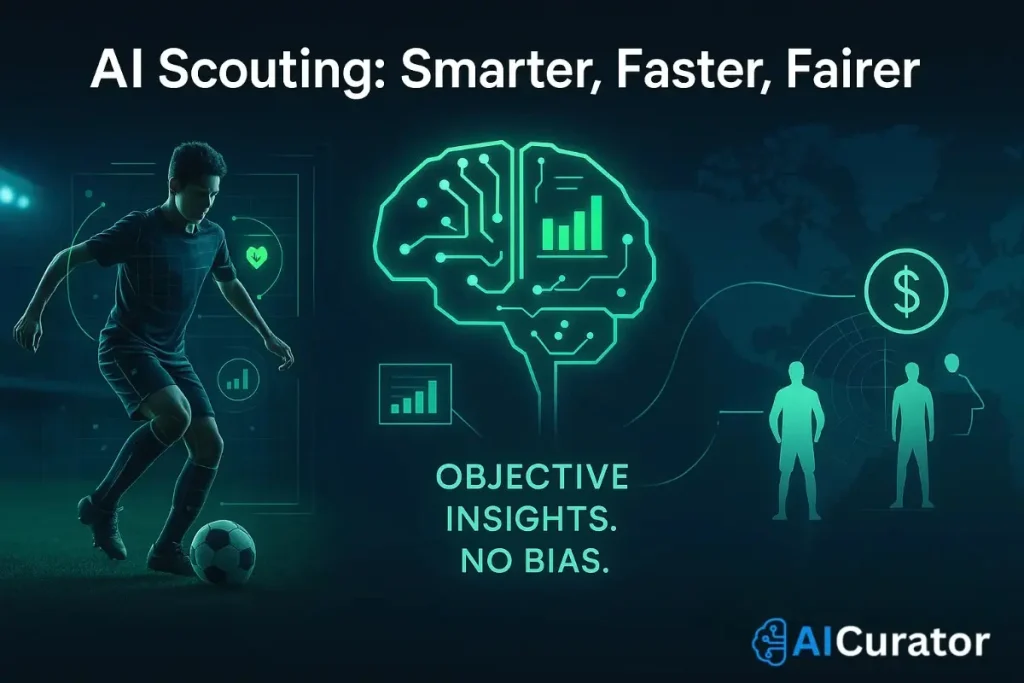
AI-driven scouting systems are revolutionizing talent identification by analyzing performance metrics that traditional scouts might overlook. Companies like Sportlogiq enable teams to assess players with unprecedented accuracy, analyzing every movement on the field to produce insights that surpass conventional scouting methods.
Scouting advantages include objective performance evaluation removing human bias, early talent identification in youth sports, cross-league player comparison using standardized metrics, and value-based recruitment considering performance per investment.
5. Fan Engagement and Experience Enhancement
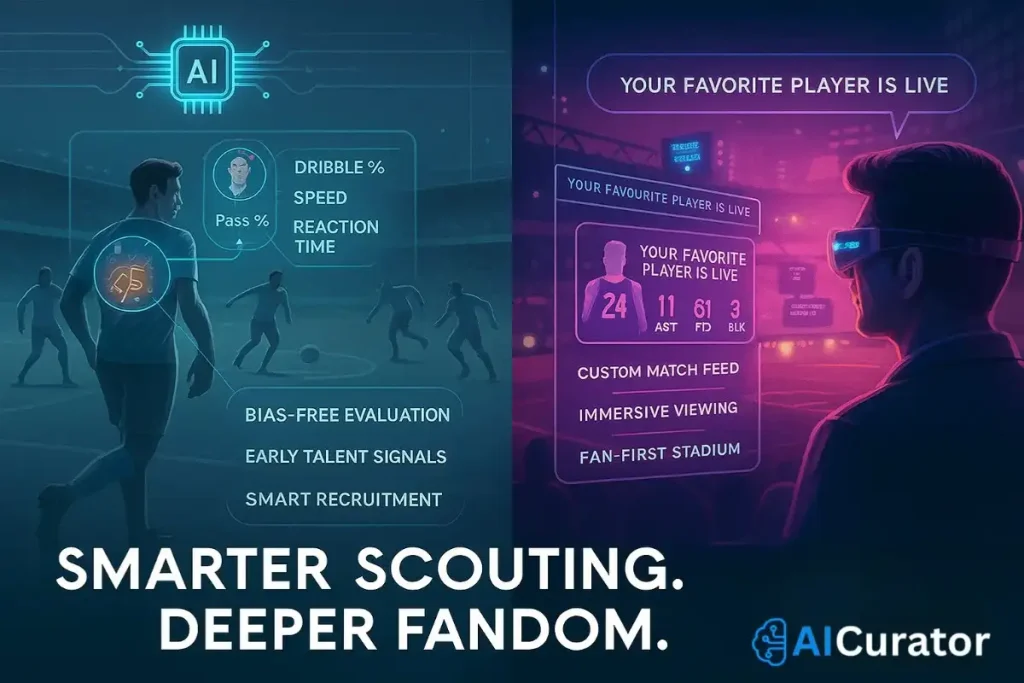
ML transforms fan experiences through personalized content delivery and interactive features. AI algorithms analyze fan preferences to provide customized news, statistics, and updates.
Fan experience improvements include personalized content recommendations based on viewing history, interactive game statistics and real-time insights, virtual reality experiences powered by AI and computer vision, and smart stadium services including automated parking and concessions.
Top Companies Leading the Charge in Machine Learning Sports Analytics
Don't go it alone—learn from the pros. These innovators are setting benchmarks.
Unique insight
Microsoft partners with these firms for cloud-based ML, enabling scalable solutions that process petabytes of data— a behind-the-scenes edge for emerging teams.
Step-by-Step Implementation Guide
Phase 1: Data Foundation Setup
1. Define Objectives and KPIs
2. Data Collection Infrastructure
Phase 2: Technology Selection and Integration
3. Choose Appropriate ML Platforms
4. Team Training and Adoption
Phase 3: Advanced Implementation
5. Real-Time Analysis Setup
6. Predictive Model Development
Benefits of Machine Learning in Sports Analytics

Performance Enhancement Benefits
Competitive Advantages
| Benefit Category | Impact | Measurement |
|---|---|---|
| Strategic Decisions | 35% improvement | Better tactical choices |
| Match Preparation | 28% enhancement | More effective planning |
| Injury Reduction | 28% decrease | Lower injury rates |
| Training Efficiency | 32% boost | Optimized development |
| Analysis Time | 45% reduction | Faster insights |
Financial and Operational Benefits
The Winning Edge Through Machine Learning
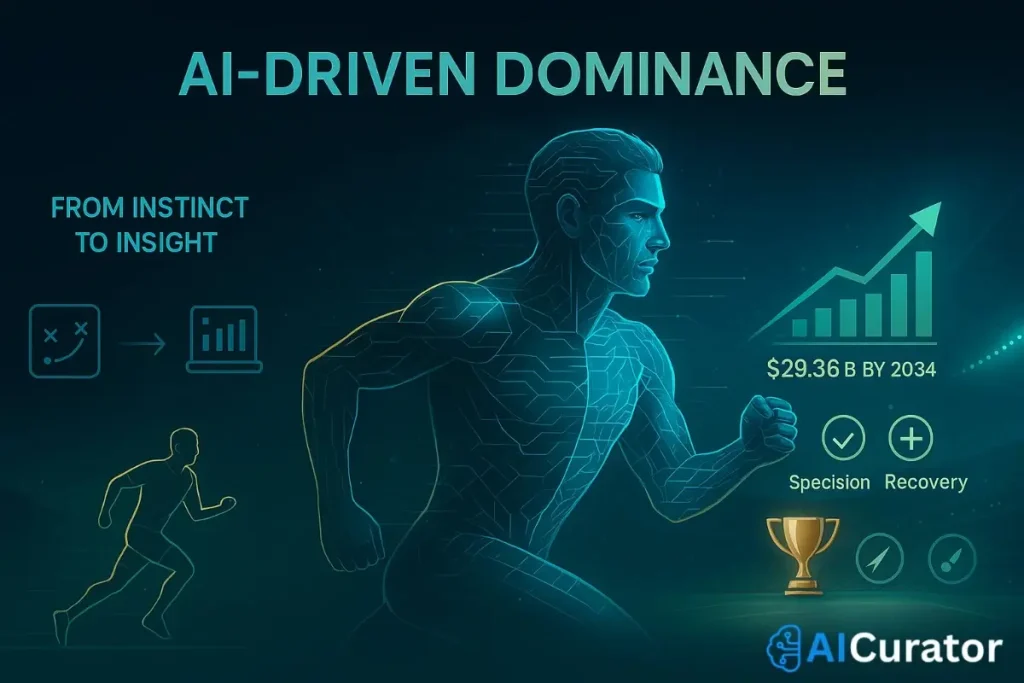
Machine learning in sports analytics is now a must-have for staying ahead, with the market soaring at a 20.63% CAGR toward $29.36 billion by 2034. Teams using ML see 35% smarter tactics and 28% fewer injuries—from NFL squads to Olympic champions. The future hinges on blending human skill with predictive analytics and AI integration.
The real question? How fast can you adopt these game-changing tools to lock in your competitive edge?







